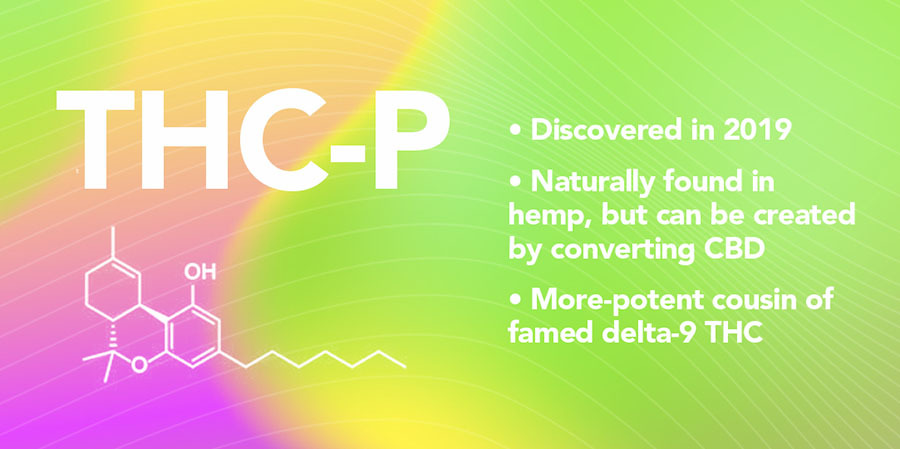Looking for a cannabinoid that will deliver powerful relief and relaxation? Meet THC-P, a newly discovered and the most potent hemp cannabinoid to date. Here's what to know about this growingly-popular powerhouse.
Key takeaways:
- THC-P is immensely powerful, delivering stronger effects than conventional THC for most people.
- The most common uses for THC-P are intense relief and deep relaxation.
- THC-P was only recently discovered in the cannabis plant by a team of researchers in 2019.
- THC-P products are legal to buy and use in the United States when derived from hemp.
CBD is no longer the only cannabinoid in town. First, it was delta-8 THC, and then came delta-9 THC, delta-10 THC, HHC, and THC-O.
Now, another cannabinoid is taking the hemp world by storm – THC-P.
THC-P has quickly surged in popularity for its immensely potent effects. Only recently discovered by scientists, it has a reputation for being stronger than regular THC – possibly 30 times more potent!
Here’s what to know about this emerging cannabinoid: The benefits, the risks, and an explanation of why it’s grabbing so much attention.
The Basics: What’s THC-P?
First, a brief overview of THC-P.

THC-P – short for tetrahydrocannabiphorol – is a naturally-occurring cannabinoid in the hemp plant. It shares a similar molecular structure to conventional delta-9 THC but has a longer alkyl side chain. THC-P behaves like THC, but with its longer side chain, it more effectively binds with receptors, producing stronger effects.
A team of Italian scientists discovered THC-P in late 2019, and the revelation came by accident. During a study investigating the cannabinoid profile of a strain called FM2, the researchers inadvertently isolated and identified two brand new cannabinoids, one being THC-P.
THC P exists naturally in cannabis plants like hemp, but only in trace amounts (well below 0.1%). Scientists can extract and isolate THC-P from the plant using chromatography techniques. But because of its low concentration, the cannabinoid is often created by converting it from hemp-derived CBD.



